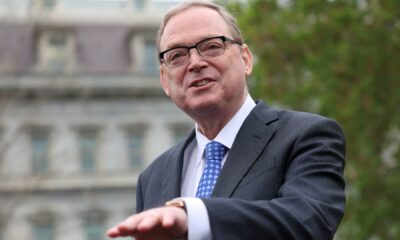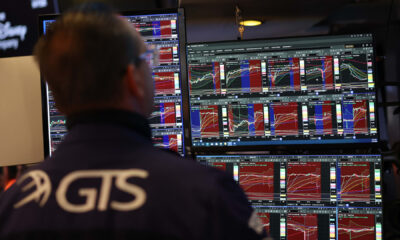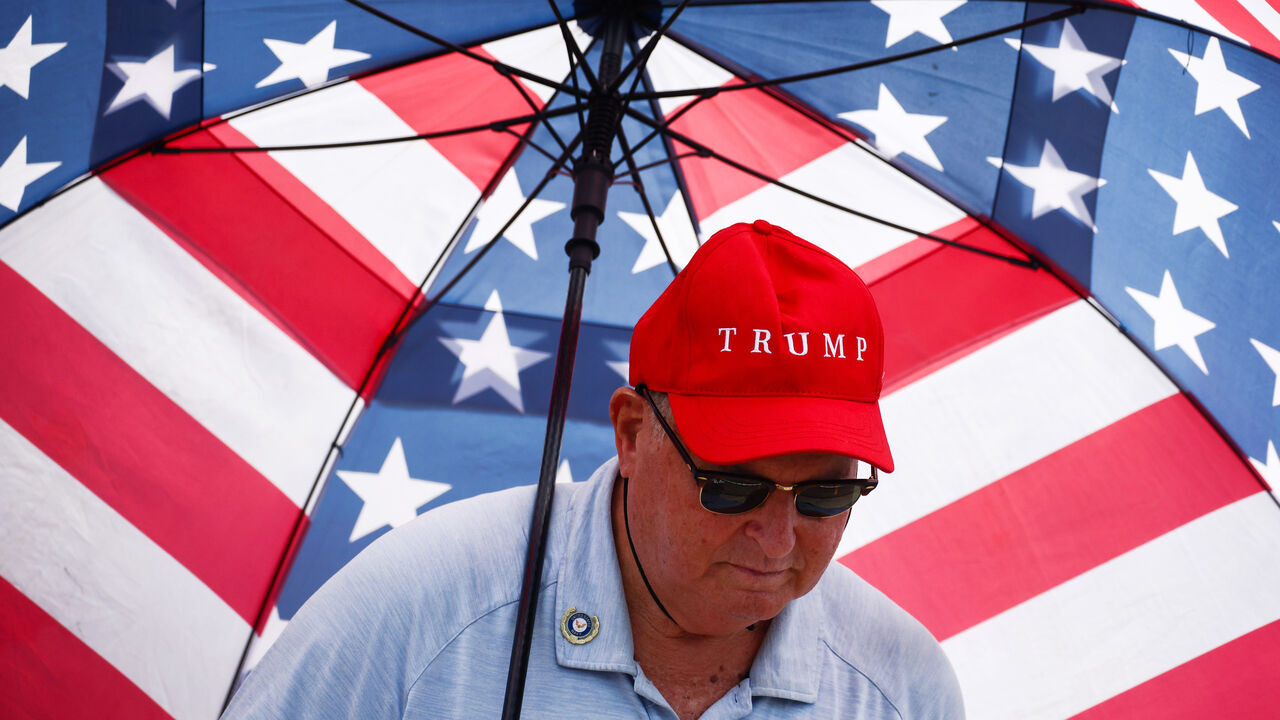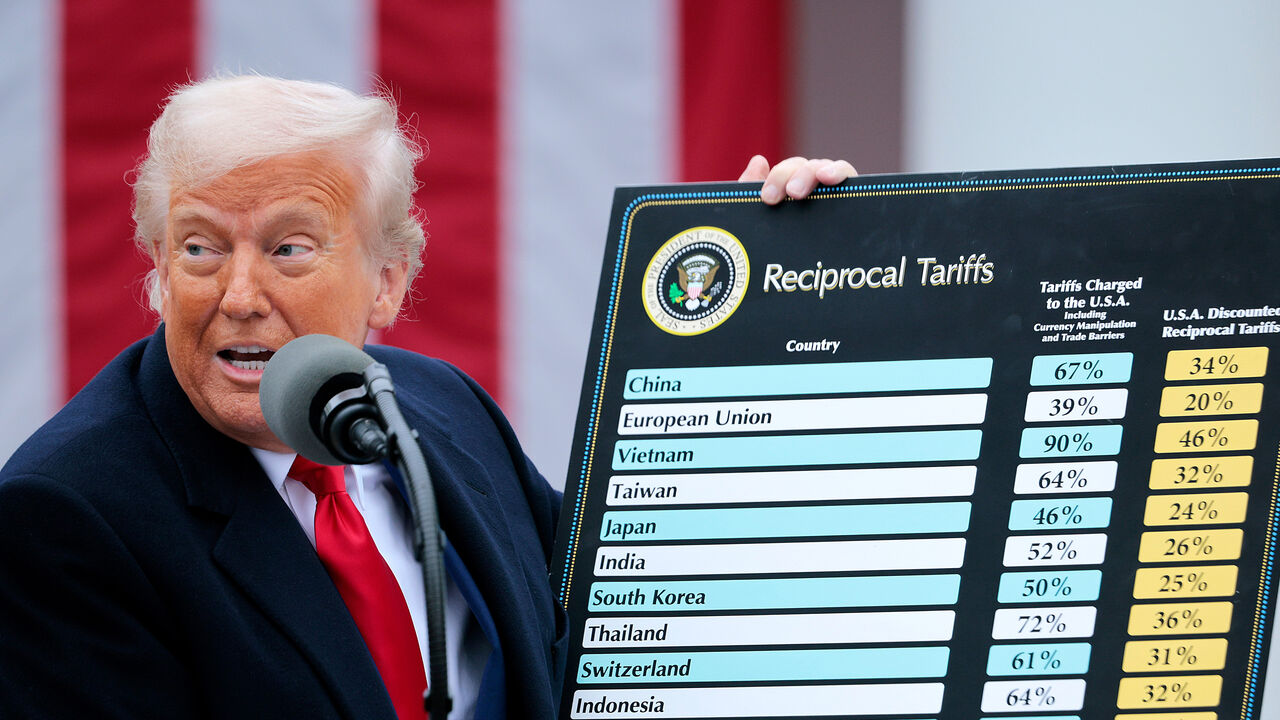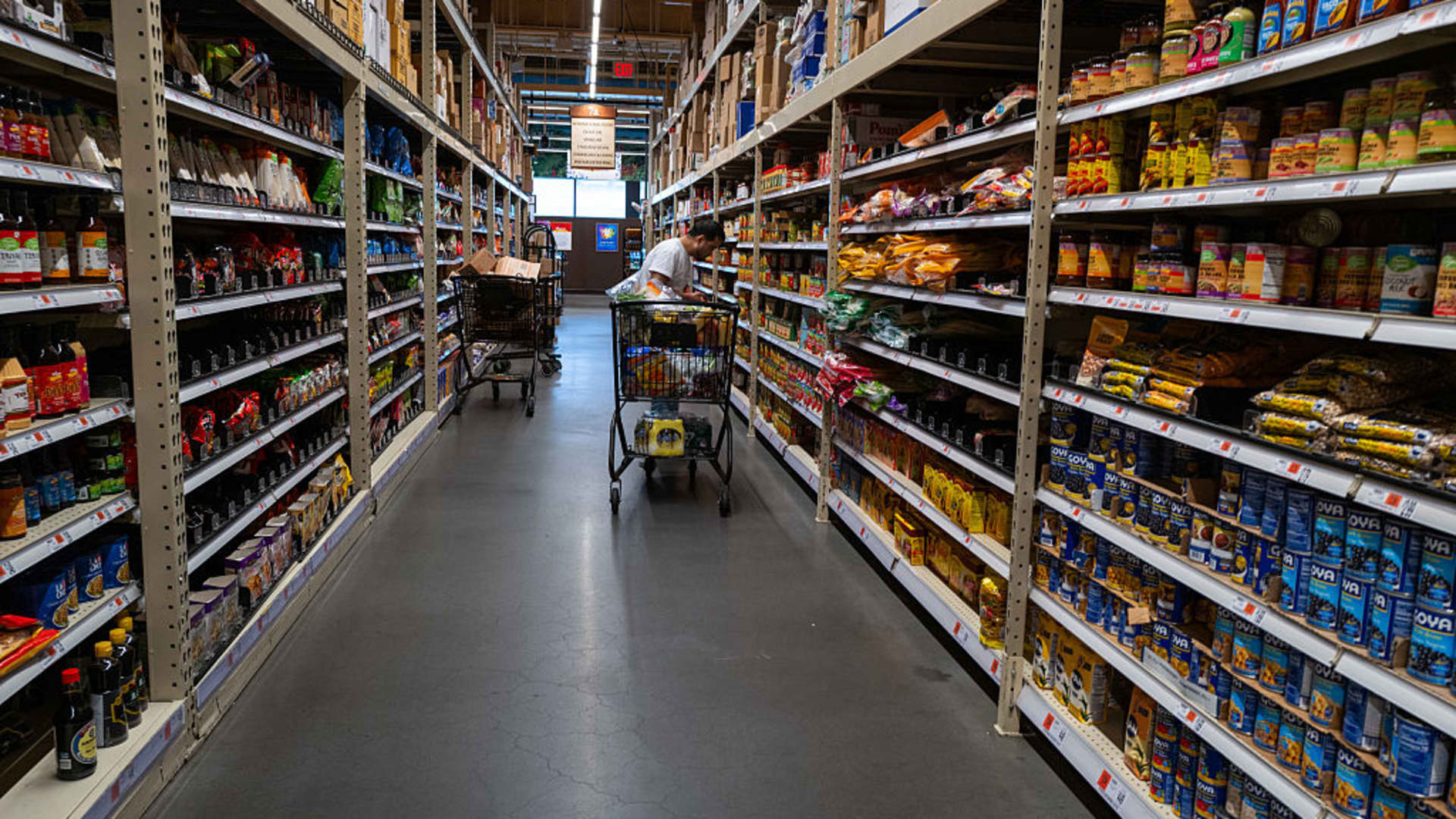Job growth in the U.S. slowed much more than expected during July and the unemployment rate ticked higher, fueling fears of a broader economic slowdown, the Labor Department reported Friday.
Nonfarm payrolls grew by just 114,000 for the month, down from the downwardly revised 179,000 in June and below the Dow Jones estimate for 185,000. The unemployment rate edged higher to 4.3%, its highest since October 2021.
Average hourly earnings, a closely watched inflation barometer, increased 0.2% for the month and 3.6% from a year ago. Both figures were below respective forecasts for 0.3% and 3.7%.
Stock market futures added to losses following the report while Treasury yields plunged.
The labor market had been a pillar of economic strength but has recently shown some trouble signs, and the July payrolls increase was well below the average of 215,000 over the past 12 months.
“Temperatures might be hot around the country, but there’s no summer heatwave for the job market,” said Becky Frankiewicz, president of the ManpowerGroup employment agency. “With across-the-board cooling, we have lost most of the gains we saw from the first quarter of the year.”
From a sector standpoint, health care again led in job creation, adding 55,000 to payrolls. Other notable gainers included construction (25,000), government (17,000), and transportation and warehousing (14,000). Leisure and hospitality, another leading gainer over the past few years, added 23,000.
The information services sector posted a loss of 20,000.
While the survey of establishments used for the headline payrolls number was discouraging, the household survey was even more so, with growth of just 67,000, while the ranks of the unemployed swelled by 352,000. The participation rate as a share of the working-age population edged higher to 62.7%.
The report adds to mixed signals recently about the economy and with financial markets on edge about how the Federal Reserve will respond.
Though markets on Wednesday cheered indications from the Fed that an interest rate cut could come as soon as September, that quickly turned to trepidation when economic data Thursday showed an unexpected jump in filings for unemployment benefits and a further weakening of the manufacturing sector.
That triggered the worst sell-off of the year on Wall Street and renewed fears that the Fed may be waiting too long to start cutting interest rates. Easing wage gains could help policymakers feel more confident that inflation is progressing back to their 2% goal.
The rise in the unemployment rate brings into play the so-called Sahm Rule, which states that the economy is in recession when the three-month average of the jobless level is half a percentage point higher than the 12-month low. In this case, the unemployment rate was 3.5% in July 2023 before it began its gradual ascent. The three-month unemployment rate average moved up to 4.13%.
“The latest snapshot of the labor market is consistent with a slowdown, not necessarily a recession,” said Jeffrey Roach, chief economist at LPL Financial. “However, early warning signs suggest further weakness.”
Roach pointed out that the ranks of those working part-time for economic reasons jumped to 4.57 million, an increase of 346,000 to the highest level since June 2021.
An alternate measure of unemployment that includes discouraged workers and those holding part-time jobs for economic reasons surged 0.4 percentage point to 7.8%, the highest since October 2021.
Long-term unemployment also ticked higher. Those reporting being out of work for 27 weeks or more totaled 1.54 million, the most since February 2022.
Wall Street had been bracing for modest gains from the July payrolls report, in part over concerns about growth but also from residual impacts from Hurricane Beryl. The storm badly damaged parts of Texas including the Houston metropolitan area.
Despite some anxiety over the state of economic growth, Fed Chair Jerome Powell on Wednesday expressed confidence about the “solid” economy and said easing inflation data is raising confidence that the central bank can cut soon.
Markets have fully priced in a rate cut of at least a quarter percentage point at each of the three remaining Fed meetings this year. Odds are rising that the Fed even may go beyond traditional quarter point reductions.
“While the labor market has remained remarkably resilient over these past two years of elevated interest rates, it’s important for the Federal Reserve to stay ahead of any further labor market slowing by proceeding with its expected September rate cut,” said Clark Bellin, chief investment officer at Bellwether Wealth.
Correction: The forecast for average hourly earnings was for an increase of 0.3% for the month. An earlier version misstated the percentage.

 Finance1 week ago
Finance1 week ago
 Personal Finance1 week ago
Personal Finance1 week ago
 Blog Post1 week ago
Blog Post1 week ago
 Personal Finance1 week ago
Personal Finance1 week ago
 Economics5 days ago
Economics5 days ago
 Economics1 week ago
Economics1 week ago
 Accounting5 days ago
Accounting5 days ago
 Economics1 week ago
Economics1 week ago








